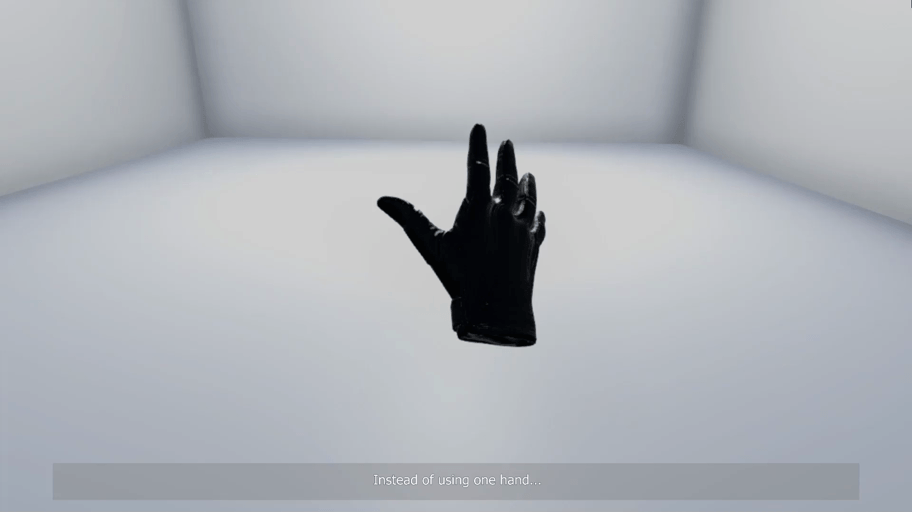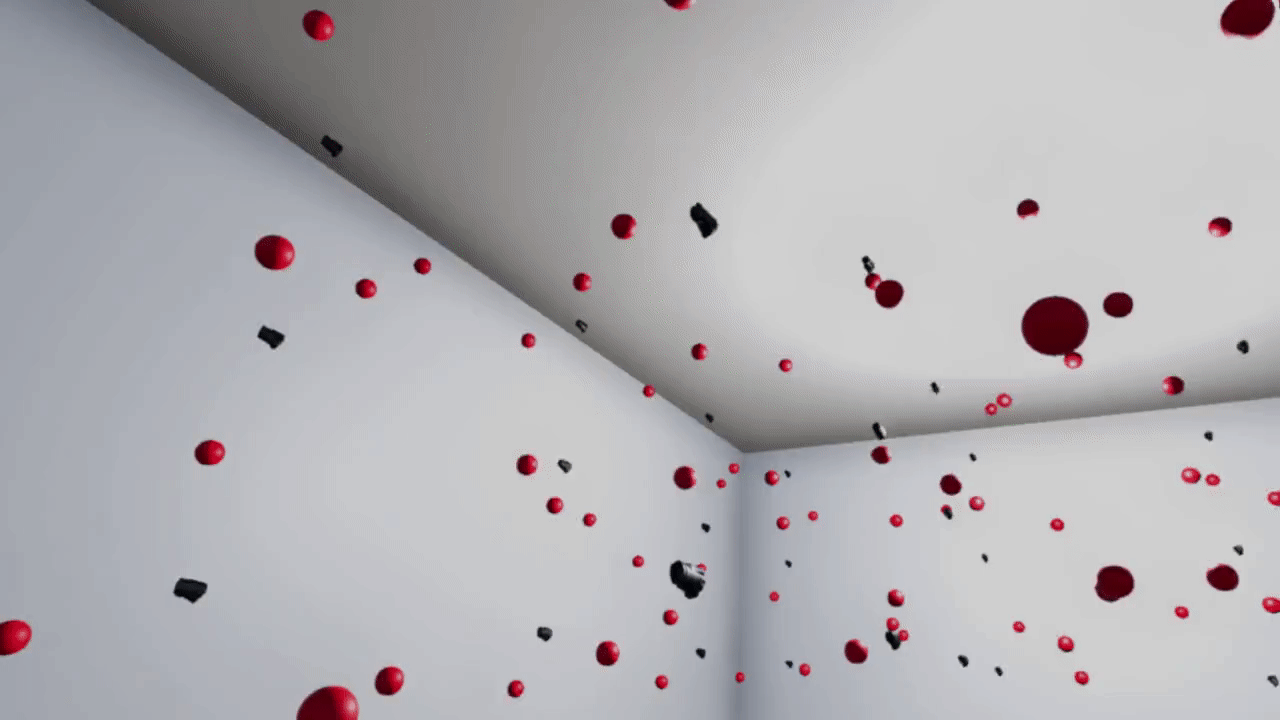NINJA HANDS





First author. Co-authors: Kasper Hornbæk and Joanna Bergström.
Published at CHI 2021.
In this project, I introduce Ninja Hands, a technique for mapping a single physical hand to many virtual hands. While the idea of having dozens of hands is intriguing just on a conceptual level, I am particularly interested in how this might help users interact with distant objects. If we add many hands to a large virtual environment and distribute them evenly throughout it, then we reduce the shortest distance for a hand to reach any point in the environment, which should ideally make users move their physical hands less and spend less time to select targets.
We find that Ninja Hands can reliably and significantly reduce the physical motion exerted by the user to select targets. While the time spent moving with many hands is always significantly lower, having many hands comes at a cost of taking more time to choose which hand to use. This makes the technique exciting for anyone who needs to be able to reach distant objects with minimal physical motion, such as users who spend many hours in VR or physically impaired users.
In short, Ninja Hands actually works. How neat is that? To me, the most exciting aspect of this project is that it suggests that hand representations that differ significantly from our physical hands can still be useful and enjoyable for users. I could see this as an optional accessibility technique in VR games, where you can summon a number and arrangement of hands that is optimized for a given environment to reach any interactive object within it.
Ninja Hands also opens some really interesting embodiment questions. It has been shown that you can experience a sense of ownership over virtual avatar hands that is comparable to the sense of ownership you feel over your physical hands. When you have many hands, do you still experience the sense of body ownership? If so, is the sense greater for certain hands than others? Now that we know that Ninja Hands can actually be useful, it is key to understand this aspect of the user experience.
A special thanks to Mike Ambinder of Valve Corporation for hooking us up with the prototype Knuckles controllers used for the study.